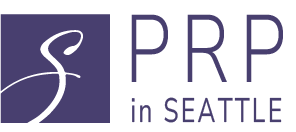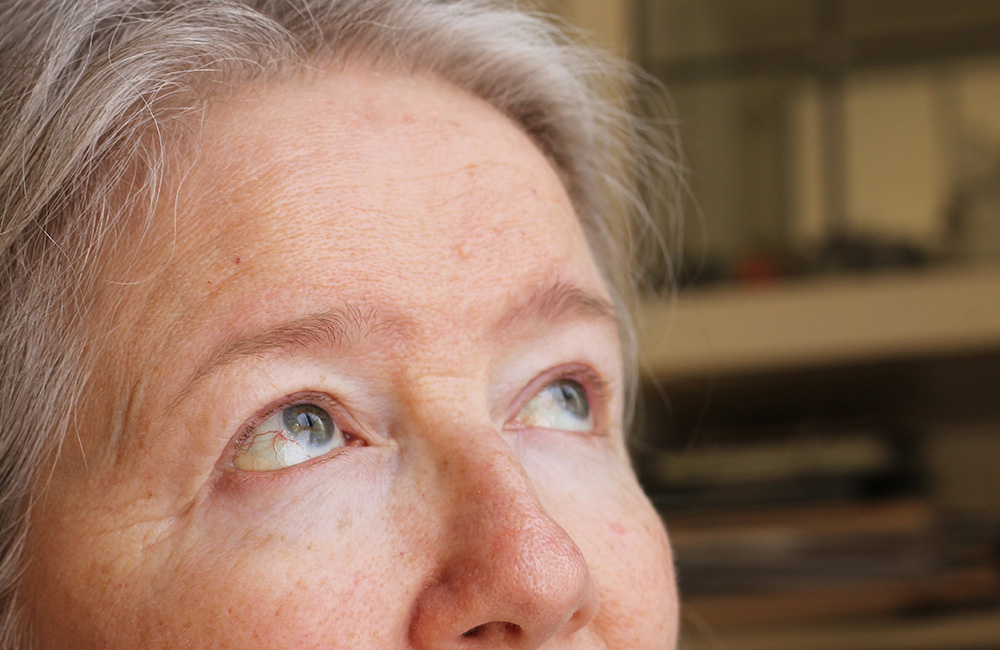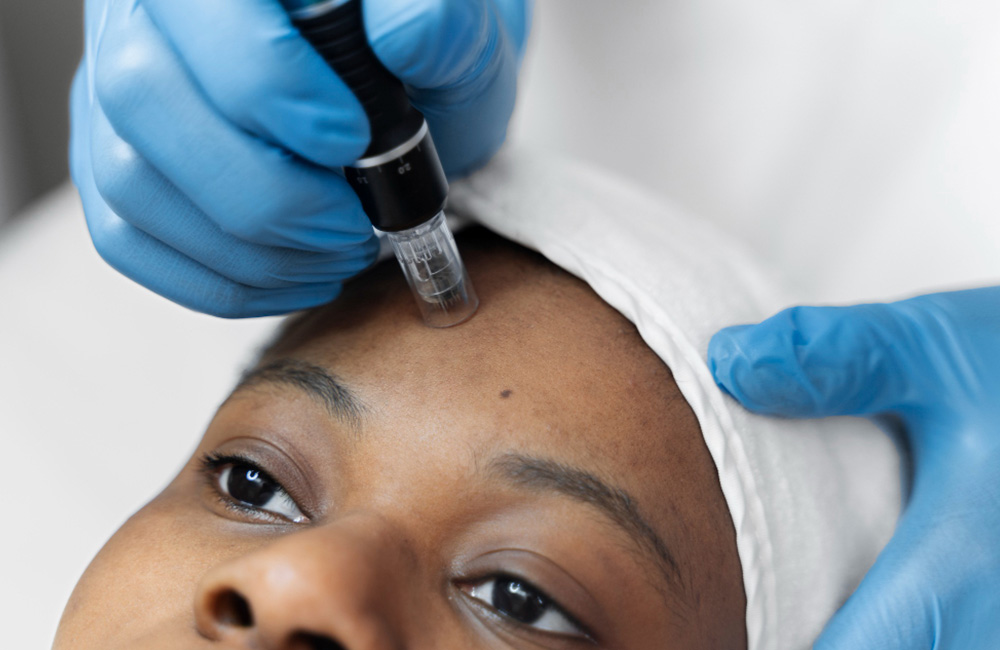Is stress giving you under-eye shadows that won’t quit? Don’t worry as platelet-Rich Plasma (PRP) therapy is there to beat the stubborn dark circles and fine lines under the eye to give you a more rejuvenated and youthful look. By utilizing the patient’s own blood to stimulate collagen production and skin rejuvenation, PRP offers a natural alternative to dermal fillers. However, a common concern for patients is the swelling that occurs post-treatment. Here, we’ll explore how long swelling typically lasts after PRP under the eyes, what causes it, and how to manage it effectively.
What Causes Swelling After PRP Under Eyes?
Swelling is a natural part of the healing process following PRP injections. The procedure involves using fine needles to deliver concentrated platelets into the under-eye area. This process triggers localized inflammation, which is essential for stimulating collagen and tissue repair. Swelling can also occur as a result of:
- Injection Trauma: The use of needles, though minimally invasive, can cause temporary irritation.
- Fluid Retention: The PRP solution introduces additional fluid into the treated area, contributing to puffiness.
- Body’s Healing Response: The body’s immune system activates to repair micro-injuries, which naturally leads to swelling.
How Long Does Swelling Last?
The duration of swelling after PRP under the eyes varies from person to person but typically follows this timeline:
- Immediate Post-Treatment: Swelling is usually most noticeable within the first 24-48 hours. During this time, the under-eye area may appear puffy, red, or slightly tender.
- First Week: Swelling gradually subsides over the next 3-5 days. By the end of the first week, most patients notice significant improvement, though minor puffiness may linger in some cases.
- Two Weeks and Beyond: By the two-week mark, any residual swelling is generally resolved. At this point, the skin begins to show subtle improvements as collagen production ramps up.
It’s important to note that individual factors such as age, skin type, and overall health can influence the healing timeline.
Tips to Minimize and Manage Swelling
While swelling is a normal part of the PRP process, there are steps you can take to minimize discomfort and speed up recovery:
- Apply Cold Compresses: Use a cold compress or ice pack wrapped in a cloth to reduce swelling during the first 24 hours. Avoid applying ice directly to the skin.
- Elevate Your Head: Sleeping with your head slightly elevated can help reduce fluid retention in the under-eye area.
- Avoid Strenuous Activity: Refrain from intense exercise or activities that increase blood flow to the face for at least 48 hours.
- Stay Hydrated: Drinking plenty of water can help flush out excess fluids and support the body’s healing process.
- Follow Your Practitioner’s Advice: Adhering to aftercare instructions from your provider is crucial for minimizing side effects and ensuring optimal results.
When to Seek Medical Attention
While swelling is typically harmless and temporary, consult your provider if you experience:
- Severe pain or discomfort.
- Prolonged swelling lasting beyond two weeks.
- Signs of infection, such as redness, warmth, or pus at the injection site.
Conclusion
Swelling after PRP under the eyes is a normal part of the healing process and generally subsides within one to two weeks. Understanding the causes and following aftercare instructions can help you manage this side effect effectively. With time, PRP treatments can deliver noticeable improvements to the under-eye area, leaving you with rejuvenated, youthful-looking skin.
If you’re considering PRP therapy for under-eye concerns, consult with a qualified practitioner to ensure the procedure is performed safely and to discuss what you can expect during recovery. With proper care, the benefits of PRP far outweigh the temporary inconvenience of post-treatment swelling.


